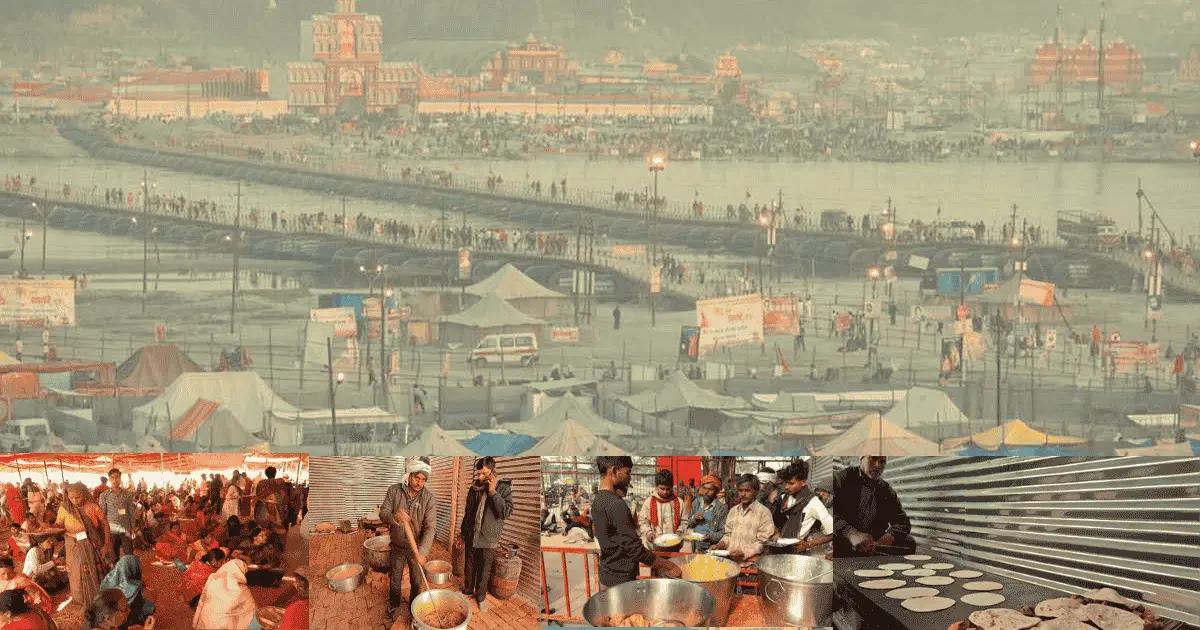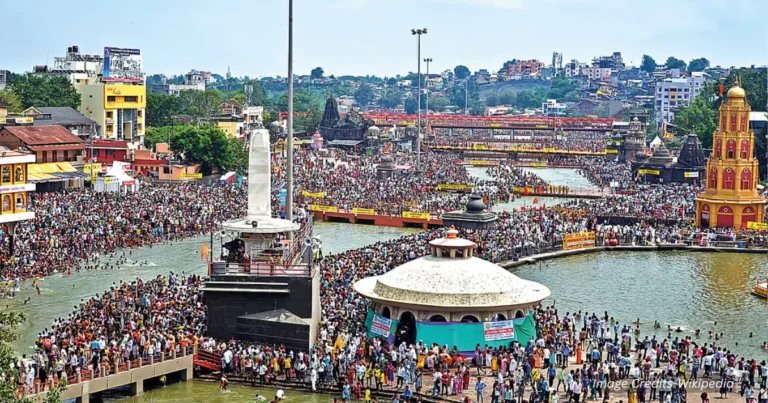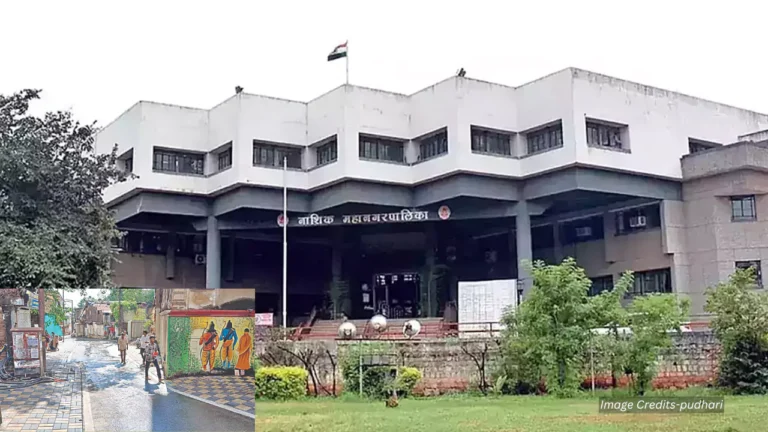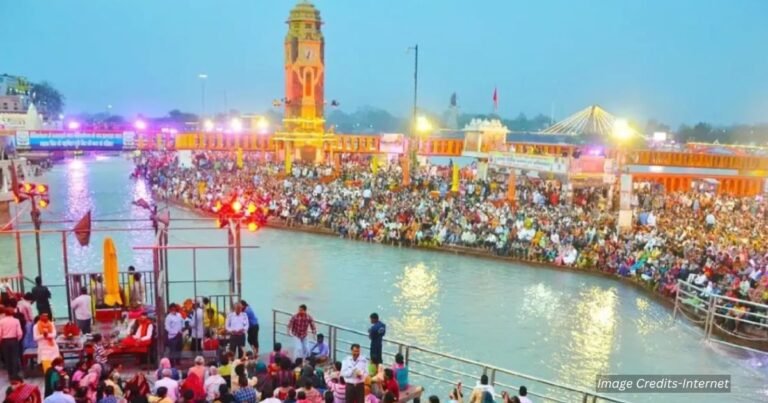Synopsis
The Mahakumbh in Prayagraj is not just a spiritual gathering but also a testament to selfless service. The Om Namah Shivaya Seva Samiti, led by Om Namah Shivaya Baba, operates “God’s Own Kitchen,” one of the largest free kitchens in the world, serving 3 to 3.5 lakh devotees daily. The ISKCON kitchen also contributes, making 40,000 rotis per hour. With 500+ bhandaras, no one goes hungry. More than just food, these kitchens symbolize sewa bhav (selfless service) and devotion.Spread over 0.6 acres, the kitchen runs 24/7 with the help of 2,000 volunteers and industrial-scale cooking machines.

The Mahakumbh in Prayagraj is not only a spiritual gathering but also a monumental feat of service and hospitality. The Om Namah Shivaya Seva Samiti, under the guidance of Om Namah Shivaya Baba, operates one of the largest free kitchens in the world. This mega kitchen, known as “God’s Own Kitchen,” serves 3 to 3.5 lakh devotees daily, ensuring that no one leaves hungry. Let’s take a deeper look at the operations and culinary marvels behind this sacred service.
Seamless Operations: A Culinary Miracle
The Om Namah Shivaya Seva Samiti’s kitchen spans across 0.6 acres and operates 24/7 to cater to the needs of millions. This vast kitchen prepares 1.5 to 2 quintals (150–200 kg) of rice in each batch, with enough vegetables and lentils to serve up to 30,000 people at once. With a team of over 2,000 volunteers, food is prepared and served without interruption. Massive industrial machines, such as automated fryers producing 5,000 puris at a time, ensure the efficiency of this operation. The scale of the kitchen reflects not only its logistical prowess but also the spirit of selfless service. Kameshwar Tiwari, a long-time volunteer, shares, “Anyone can come at any time and receive a hot meal. No one goes hungry, not even at 2 am or 4 am.” The kitchen’s dedication is not just about feeding people but about offering “prasad,” a sacred food offering that embodies devotion and faith.
The Tradition of Service: From Humble Beginnings
This massive operation traces its roots back to 1992 when Lal Mahendra, an army cook, left his job to serve Lord Shiva. His humble initiative has grown exponentially over the years, with the trust now operating four ashrams across India. The kitchen’s reputation as a place of sacred service attracts not only pilgrims but also dignitaries, such as UP Deputy CM Keshav Prasad Maurya, who recently visited the kitchen to take prasad.
Multiple Kitchens Across Mahakumbh
In addition to the central kitchen, the Mahakumbh features several other kitchens to ensure timely service to the growing crowds. Six other kitchens spread across key sectors prepare and serve meals to devotees locally. These kitchens ensure that no matter where pilgrims are located within the sprawling Mahakumbh site, they can access free, hot meals with ease.
The ISKCON Kitchen: Tradition Meets Automation
Alongside the Om Namah Shivaya Seva Samiti kitchen, the International Society for Krishna Consciousness (ISKCON) also runs a massive kitchen at the Mahakumbh, located in Sector 19. This kitchen blends tradition with technology, using machines to produce 40,000 rotis every hour. More than 100 volunteers work alongside automated systems, ensuring smooth operations. The kitchen, which feeds 1.5 lakh devotees daily, operates using a pulley system to move large pots of rice, pulses, and vegetables across the space. “We have a mini rail track system to transport ingredients,” says Radhakund Das, assistant in charge. “It’s a perfect example of how modern technology can support ancient traditions.”
A Culinary Pilgrimage: Feast for the Soul
Mahakumbh’s free kitchens do more than provide sustenance—they offer a culinary journey for devotees. The menu includes staples like puri sabzi, khichdi, matar pulao, dal chawal, and a variety of sweets such as gulab jamun and jalebi. These dishes, simple yet nourishing, reflect the rich cultural and spiritual diversity of India. Food at the Mahakumbh is not just about feeding the body; it’s about feeding the soul. As Aviral Tripathi, a devotee and foodie from Kanpur, says, “The Kumbh Mela isn’t just a spiritual journey, it’s also a culinary pilgrimage. The food here connects you to the soul of India in every bite.”
Akhadas: Sacred Kitchens with Special Offerings
Apart from the central kitchens, the 13 Akhadas at the Mahakumbh have their own kitchens, each providing meals in line with their spiritual practices. These kitchens, overseen by a “Kothari” (a sanyasi), serve simple meals like dal, rice, roti, and vegetables. Sweets such as laddus and balushahi are also part of the offerings, with menu variations based on specific rituals and the Akhada’s capacity.
Catering to International Devotees
The Mahakumbh also sees a significant presence of international devotees, especially from countries like Japan, Russia, and Malaysia. To cater to their needs, the Akhadas and other kitchens prepare special meals like boiled vegetables, vegetable soups, and less spicy dishes. “Now, even foreign devotees relish Indian Satvik cuisines,” says Deen Dayal Bhandari, a volunteer from Bijnore. The growing number of international devotees has added a unique dimension to the Mahakumbh’s culinary offerings.
The Heart of Mahakumbh
With over 500 bhandaras and kitchens operating at the Mahakumbh, food is an integral part of the gathering, embodying the spirit of sewa bhav (selfless service). Whether it’s the massive kitchens run by the Om Namah Shivaya Seva Samiti or the automated marvels of ISKCON, the food at Mahakumbh serves as both sustenance and a symbol of devotion. No one, regardless of background or status, leaves the Mahakumbh hungry. As Mahakumbh 2025 continues to unfold, one thing remains certain—the largest free kitchen in the world will continue to serve meals with love, faith, and dedication, feeding not just the body, but also the spirit of millions.








💬 Leave A Reply
Thanks for choosing to leave a comment. Please keep in mind that all comments are moderated according to our comment policy. Your email will NOT be published.